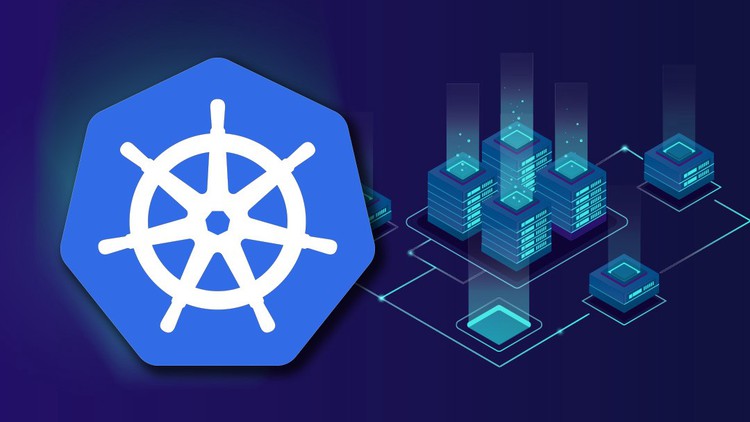
Learn Kubernetes in simple, easy and fun way with hands-on coding exercises. For beginners in DevOps.
What you will learn
Develop Kubernetes Configuration Files in YAML
Deploy Applications on Kubernetes
Deploy Kubernetes Cluster on local systems
Gain basic understanding of Kubernetes Fundamentals
Deploy Kubernetes on Cloud – Google Cloud Platform
Setup ReplicaSets, Services and Deployments on Kubernetes
Description
Kubernetes is an open-source system for automating deployment, scaling, and management of containerized applications. It was originally designed by Google and is now maintained by the Cloud Native Computing Foundation.
Kubernetes is at the cutting-edge of application deployment. The best way to kick-start your DevOps career is by learning how to effectively deploy Kubernetes.
This course is for absolute Kubernetes beginners. With zero knowledge about Kubernetes, once you take this course and complete all of the hands-on coding exercises, you will be ready to deploy your own applications on a Kubernetes platform.
You will start your journey as a beginner and go through 10 simple, step-by-step lectures. Each lecture and demo is designed to give you the time to fully grasp all of the concepts. The most important part of the course is the series of hands-on coding exercises that accompany each major concept.
You will be developing your own services using Kubernetes configuration files for different use cases right in your browser. The coding exercises will validate your commands to make sure you have written them correctly.
After you have completed the lectures and coding exercises you will have the opportunity to complete a series of assignments that put your new skills to the test. You will be given a challenge to solve using the Kubernetes skills you have learned.
Content